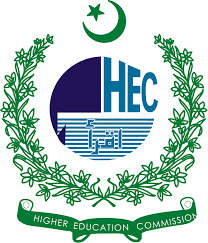Plagiarism Policy
- Definition of Plagiarism:
Plagiarism is the act of presenting someone else's work, ideas, or intellectual property as one's own without proper attribution or acknowledgment. This includes, but is not limited to, copying text, data, images, or concepts from another source without permission or proper citation.
- Scope:
The Plagiarism Policy applies to all submissions to Kashf Journal of Multidisciplinary Research, including research articles, reviews, editorials, and any other forms of content.
- Originality Requirement:
All submitted manuscripts must be original and not previously published or under consideration for publication elsewhere. Authors are responsible for ensuring that their work is entirely their own and does not contain any plagiarized content.
- Plagiarism Detection:
Kashf Journal of Multidisciplinary Research utilizes plagiarism detection software to screen submitted manuscripts for potential instances of plagiarism or unauthorized copying. Detected instances of plagiarism will be thoroughly investigated by the editorial team.
- Types of Plagiarism:
Plagiarism can manifest in various forms, including:
- Verbatim Plagiarism: Directly copying and pasting text from another source without quotation marks or proper citation.
- Paraphrasing Plagiarism: Rewriting someone else's work in one's own words without proper attribution.
- Self-Plagiarism: Reproducing significant portions of one's own previously published work without appropriate acknowledgment or citation.
- Conceptual Plagiarism: Appropriating another author's ideas, theories, or hypotheses without acknowledgment.
- Consequences of Plagiarism:
Manuscripts found to contain plagiarized content will be subject to the following consequences:
- Rejection: Manuscripts with significant instances of plagiarism will be rejected outright, and authors will be notified of the reason for rejection.
- Editorial Action: Depending on the severity of the plagiarism, the editorial team may take additional actions, such as banning authors from future submissions or notifying their affiliated institutions.
- Retraction: If plagiarism is discovered after publication, the affected article will be retracted from the journal, and a retraction notice will be issued explaining the reason for retraction.
- Author Responsibilities:
Authors are responsible for ensuring the originality and integrity of their submissions. They must accurately cite and attribute all sources used in their work, including text, data, images, and ideas. Authors should also disclose any conflicts of interest that may influence their work.


